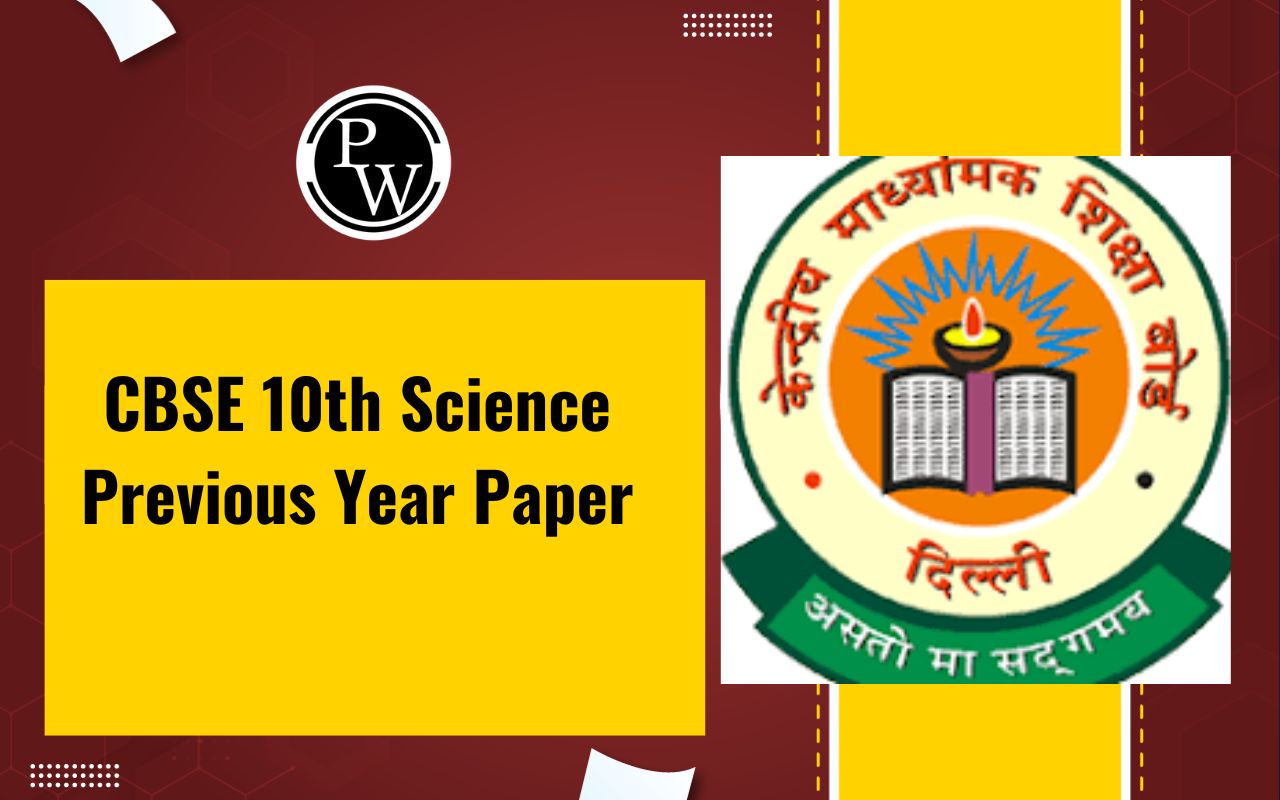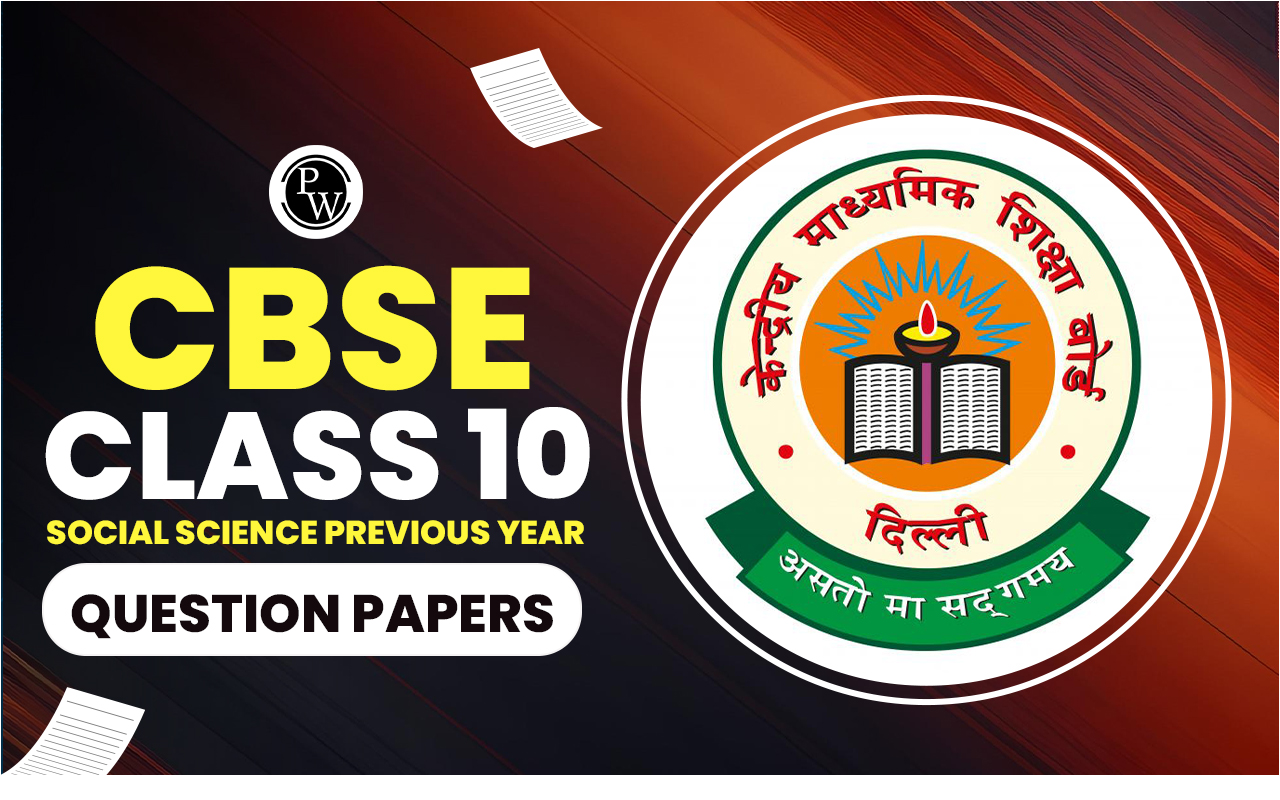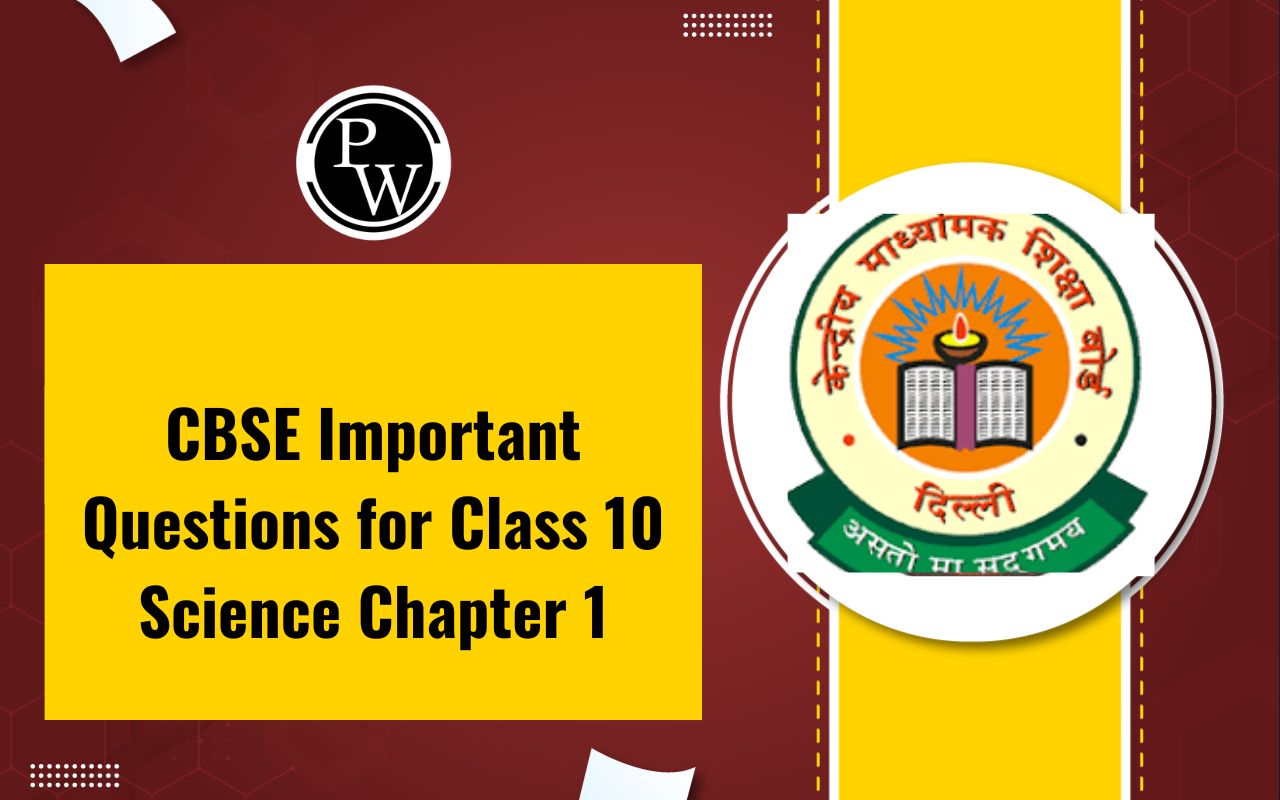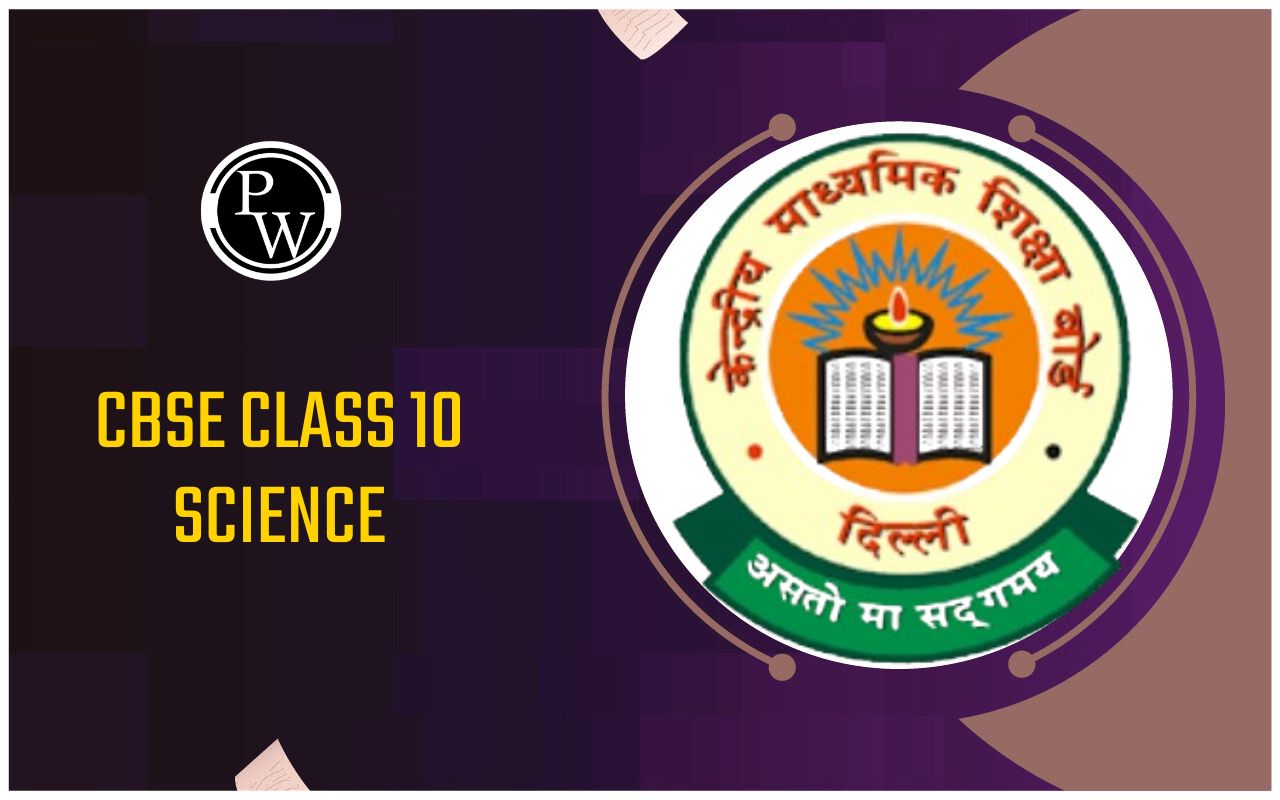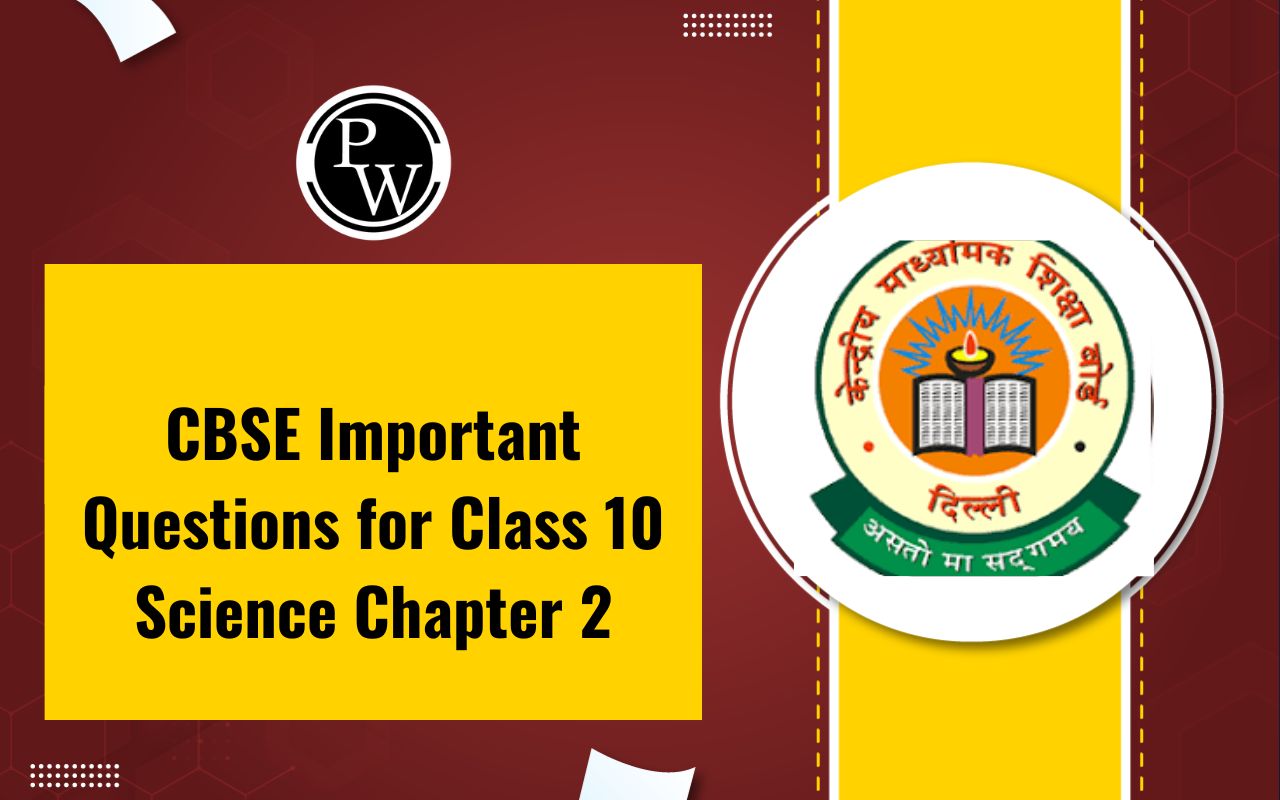
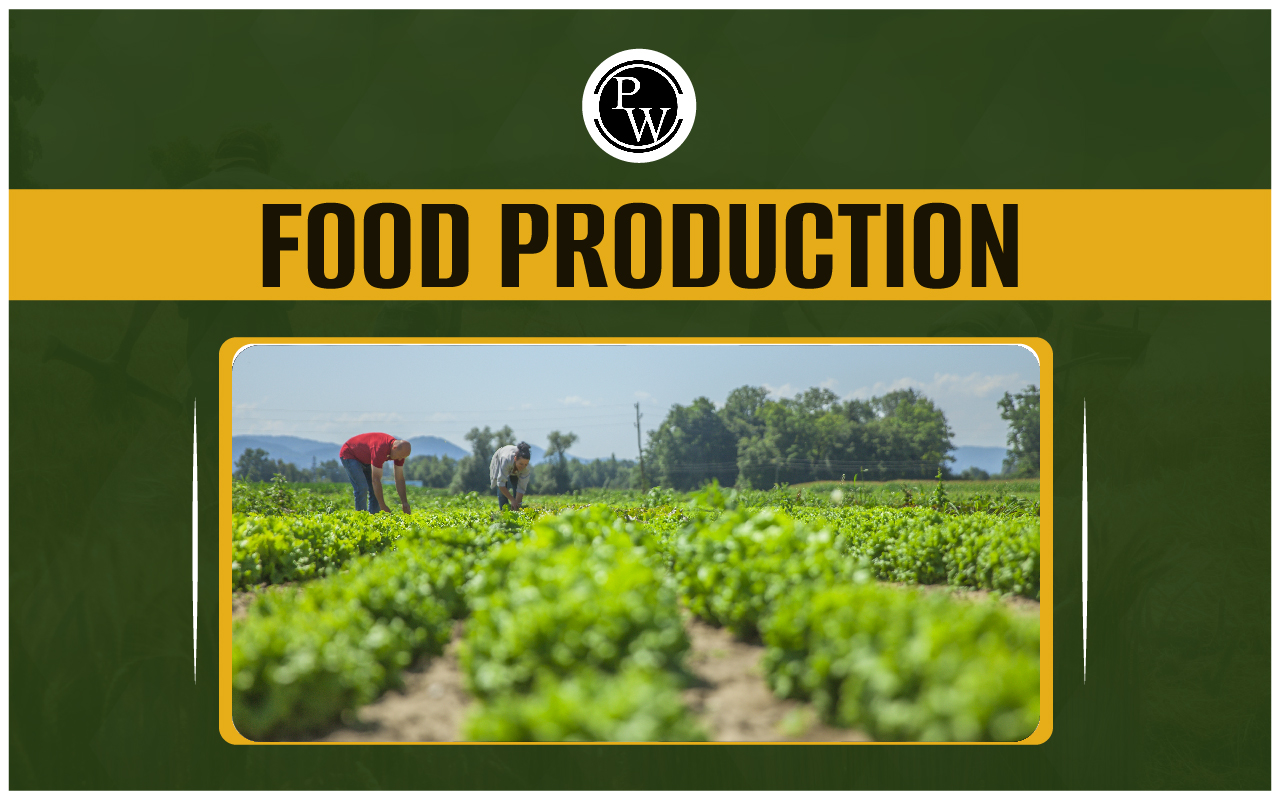
If you are looking for Food Production, you have come to the right place!
The topic “Food Production” will be covered in this article. Both humans and animals require food to exist. Many plants and animals are used to create it, but they are treated before humans consume them. Converting raw ingredients into consumable food products is called food manufacturing. Families or food processing businesses can use these modified food products. Each step in food production, which may be broken down into many categories, is crucial. The basic steps of washing, sorting, etc. are the start of the process in the food processing industry, and the food is packaged and sold to complete the process. This article will discuss food production's process, types, methods, factors, advantages and disadvantages.Introduction
An organism's primary requirement for living is food. We all consume a range of foods that give us the vigour to complete daily tasks like working and caring for ourselves. Both plant and animal sources provide food. It has been determined that plants and animals provide 90% of the food needed by the planet. Dairy products, honey, grains, meat, veggies, and fruits are a few examples. Before eating, we process the majority of these food items. Converting raw materials into consumable food items is called food production. This can be carried out directly at home or for profit in factories. Each stage in food creation, which takes place over several steps, is crucial. Cleaning, processing, and segregation are the first basic procedures in these stages, culminating in packing and marketing.Process of Food Production
In producing food, farming crops and livestock is essential. Since many people used to raise their cattle and grow their food, agriculture has existed for thousands of years. Just enough to feed themselves and their family, but on a lesser scale. Nowadays, food is produced on a much greater scale using modern farming techniques to feed huge populations in contemporary major cities and larger towns. One strategy to increase the effectiveness of food production is to limit the animal's energy transfer to the environment. Animals move around and regulate their body temperature through respiration, which needs the passage of energy. The subsequent actions can be taken to stop this loss of effectiveness:- Managing the ambient temperature allows animals to conserve energy by maintaining their body temperatures at a level that is neither too hot nor too cold.
- Reducing motion: By confining livestock to smaller spaces, the requirement for breathing is diminished.
Types of Food Production
Food production can be divided into several categories, some of which are given below:Cultivation
The loosening and breaking up (tilling) of the soil or, more broadly, the raising of crops is referred to as cultivation in agriculture and horticulture. By eliminating weeds and enhancing soil aeration and water infiltration, existing plants are encouraged to thrive by manually cultivating the soil around them with a hoe or mechanically with a cultivator. Harrowing or ploughing is the process of preparing the soil for the planting of a crop. In the lengthy history of agriculture, many techniques have been created for the production of crops, including terrace cultivation, agroforestry, crop rotation, shifting agriculture, and others.Harvesting
Harvesting is the process of gathering a finished crop from the fields. The plant is harvested once it reaches average maturity concerning the quantity of seed, rhizomes, bulbs, tubers, stems, leaves, stalks, or other portions that may be removed with little risk of loss. The method of harvesting varies depending on where the good grains are located in the plants. Cutting, digging, picking, laying, gathering, curing, and stacking are some possible tasks.Crop management
Crop management starts with the planting of seeds, continues with crop upkeep during growth and development, and concludes with harvest, storage, and distribution of crops (Tivy, 1990). To ensure a firm seed-soil contact, an automated planter will frequently open a furrow in the prepared soil seedbed, plant the seed in the exposed, moist soil, cover the seed, and frequently pack the soil down.Fermentation
Using the activity of enzymes, fermentation is a metabolic process that results in chemical changes in organic substrates. It is described in biochemistry as the process of obtaining energy from carbohydrates without oxygen. If the action of microorganisms produces an intended alteration to a food or beverage, it may more broadly refer to any approach utilised in food production. The field of zymology studies fermentation.Crop production
The production of crops for food and fibre falls under this area of agriculture. Many farmers worldwide regularly use this technology to manage their crops more effectively. This procedure entails thoroughly comprehending every feed source needed to care for and grow crops. To boost our food production through better crop management and production, this particular field of study teaches us how to farm more effectively.Methods of Food Production
The food industry uses various methods to create food. Some of these methods are straightforward enough to use at home, but others are sophisticated and can only be used in the food processing sector. There are overlaps in the processes since food production and food processing are related. The processes required to create finished items that can be consumed immediately or require extra preparation are referred to as "food processing."Food production refers to the methods used to prepare food at home or in factories. Cooking is a term used frequently to describe the production of food.- Slicing : It is a general term used in the food business to describe slicing up produce, meat, and other items into consistently thin pieces.
- Grinding : It involves cutting up solid meals into little bits. For instance, a coffee grinder is used to grind coffee beans.
- Mixing : Two or more objects must be united to reach a specific level of homogeneity.
- Marinating : Preparing flavoured cuisine by soaking the ingredients in a salty, acidic, or masala-infused solution before cooking.
- Fermenting : It utilises bacteria or yeast under anaerobic circumstances to turn carbohydrates into organic acids or alcohols. A good example is creating wine.
- Frying : It includes cooking food in hot fats or oils. Shallow frying or deep frying are your two possibilities for executing this. The food is shallowly cooked in a skillet with minimal oil. While deep frying, the food is completely submerged in a larger, hotter oil container.
Factors Affecting Food Production
- An increasing world population: The world population is growing due to rising birth rates, particularly in emerging nations, and better access to healthcare. Food security could be at risk since there could not be enough food for everyone.
- Changing diets: Due to the rising demand for more enticing foods in regions like Europe and North America, limited food resources from other nations—typically developing nations—are supplied there.
- Environmental changes: Global warming has resulted in extreme weather like floods and droughts. As a result, crops don't grow, animals die, and people risk being hungry. This has terrible implications for the availability of food.
- New pests and pathogens: The spread of novel illnesses and pests has increased due to globalisation and climate change. They may impact food crops or cattle.
- Increased farming cost: Inputs for agriculture are expensive. Items like machinery, fertiliser, seeds, irrigation systems for water, cattle, etc., can be pricey. Therefore it might compromise food security rather than increase yield.
Advantages of Food Production
- Food manufacturing, a sizable industry, presents numerous prospects.
- It employs many people, including waiters, farmers, neighbourhood sellers, and cooks.
- Industries include, among others, dining establishments, local markets for food, grocers, online food delivery services, and agriculture.
- It is a way to help the general public, especially stay-at-home mothers.
- The production of food contributes significantly to the economy. Agriculture contributes significantly to the economies of nations like India and China.
Disadvantages of Food Production
- Instead of being natural, processed foods are created in laboratories. Genetically modified foods have the potential to harm your organs and cause gastrointestinal issues, infertility, and infertility.
- Those who consume processed foods frequently may get agitated and aggressive.
- Natural, whole foods can help stabilise your mood, maintain your energy levels, and leave you satisfied and at ease.
- Trans fats and sugar can bring on asthma-causing inflammation in processed foods.
- Because they contain phosphates and other genetically modified components, eating processed meals regularly accelerates ageing and causes kidney damage.
Related Links -
Food Production <span style=
Q1. Which five resources have an impact on food production?
Ans: It primarily focuses on five inputs—agricultural land use, water use, applying pesticides and fertilisers, and energy consumption—plus one environmental impact, greenhouse gas emissions, in the U.S. cradle-to-consumer food supply chain.
Q2. What are the two aspects of food production that should be prioritised?
Ans: The majority of food safety rules in the world are founded on two ideas: GMP and HACCP: Hazard Analysis and Critical Control Points (HACCP) is a systemic, risk-based technique for preventing the physical, chemical, and biological tainting of food in locations where it is produced, packaged, and distributed.
Q3. How does poverty impact food production?
Ans: Hunger is rising, and poverty and food security are tightly intertwined. Many people are chronically undernourished due to a lack of income or access to resources for food production. Food security is under tremendous strain due to depleting natural resources, growing populations, and climate change.
Q4. What is the environmental impact of food production?
Ans: A sizable amount of nutrients, water, and energy are extracted from the soil during crop harvest. As a result, the land becomes arid and unsuitable for the emergence of fresh species and ecosystems. Particularly true for land utilised for large-scale monoculture agriculture.
Q5. Why is the production of food significant to human society?
Ans: Denser populations could be supported by more food sources, and farming bound them to their land. Tiny communities expanded into towns, and those towns expanded into cities. Enough food was produced by agriculture for people to no longer have to worry about their daily meals and to indulge in other pastimes.
🔥 Trending Blogs
Talk to a counsellorHave doubts? Our support team will be happy to assist you!

Check out these Related Articles
Free Learning Resources
PW Books
Notes (Class 10-12)
PW Study Materials
Notes (Class 6-9)
Ncert Solutions
Govt Exams
Class 6th to 12th Online Courses
Govt Job Exams Courses
UPSC Coaching
Defence Exam Coaching
Gate Exam Coaching
Other Exams
Know about Physics Wallah
Physics Wallah is an Indian edtech platform that provides accessible & comprehensive learning experiences to students from Class 6th to postgraduate level. We also provide extensive NCERT solutions, sample paper, NEET, JEE Mains, BITSAT previous year papers & more such resources to students. Physics Wallah also caters to over 3.5 million registered students and over 78 lakh+ Youtube subscribers with 4.8 rating on its app.
We Stand Out because
We provide students with intensive courses with India’s qualified & experienced faculties & mentors. PW strives to make the learning experience comprehensive and accessible for students of all sections of society. We believe in empowering every single student who couldn't dream of a good career in engineering and medical field earlier.
Our Key Focus Areas
Physics Wallah's main focus is to make the learning experience as economical as possible for all students. With our affordable courses like Lakshya, Udaan and Arjuna and many others, we have been able to provide a platform for lakhs of aspirants. From providing Chemistry, Maths, Physics formula to giving e-books of eminent authors like RD Sharma, RS Aggarwal and Lakhmir Singh, PW focuses on every single student's need for preparation.
What Makes Us Different
Physics Wallah strives to develop a comprehensive pedagogical structure for students, where they get a state-of-the-art learning experience with study material and resources. Apart from catering students preparing for JEE Mains and NEET, PW also provides study material for each state board like Uttar Pradesh, Bihar, and others
Copyright © 2025 Physicswallah Limited All rights reserved.
Get App
